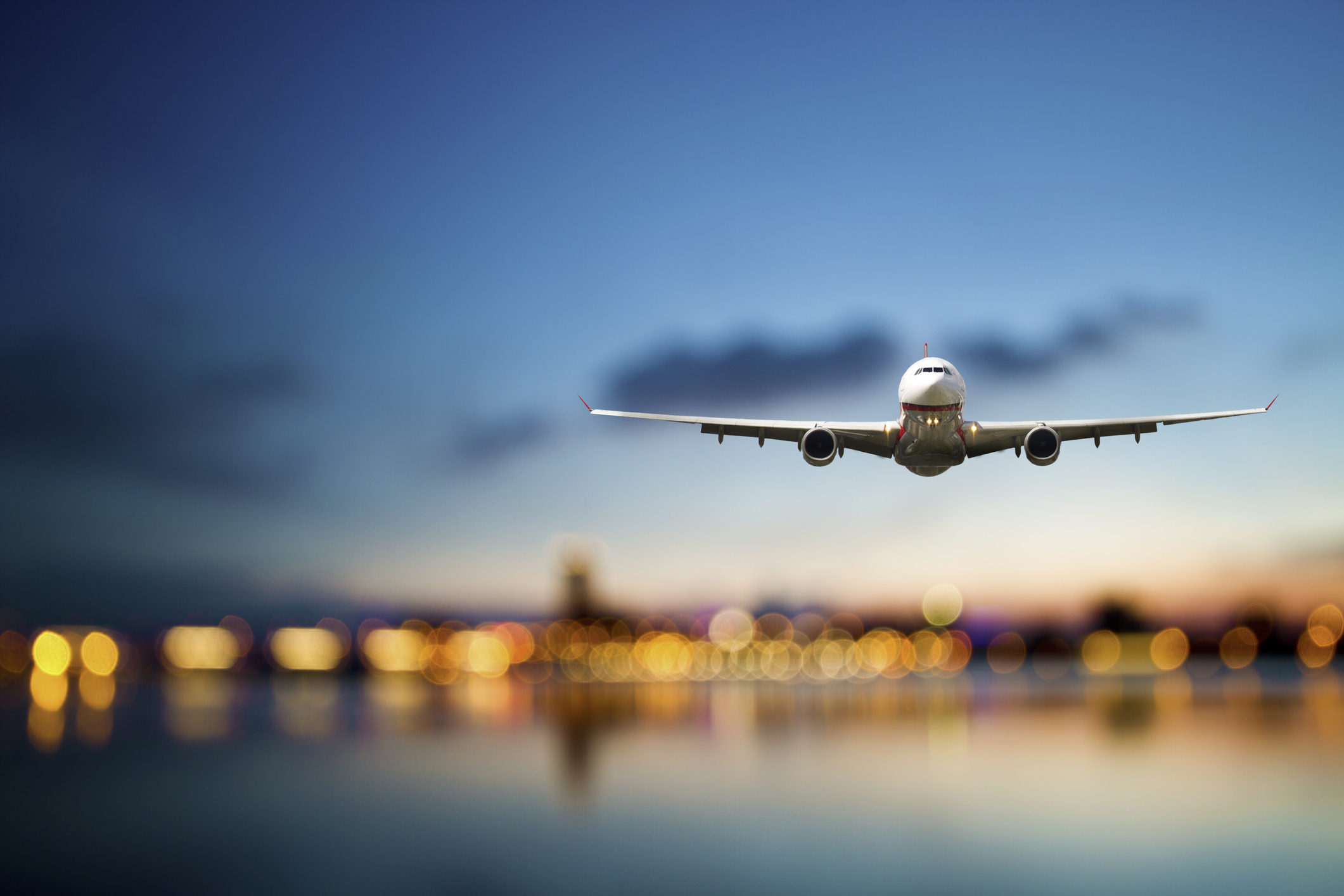Julia Zorthian
Aug 07, 2017
TIME Health
For more, visit TIME Health.
 When it comes to flying, nothing about a close proximity to strangers and bathrooms for hours on end feels particularly clean. And while y ou may not be able to make the flight shorter or the seats bigger, you can make your experience more sanitary by avoiding some of the dirtiest places on airplanes.
When it comes to flying, nothing about a close proximity to strangers and bathrooms for hours on end feels particularly clean. And while y ou may not be able to make the flight shorter or the seats bigger, you can make your experience more sanitary by avoiding some of the dirtiest places on airplanes.
It’s worth noting that some people may be more susceptible to getting sick on planes because the cabin air humidity is under 20%, whereas home humidity is generally over 30%, according to the World Health Organization. The dry air exposure affects mucus, the immune system’s front line of defense, leaving people marginally more vulnerable to getting sick. A 2004 studyin the Journal of Environmental Health Research found that people are far more likely — 113 times more, by one of the study’s measures — to catch the common cold during a flight than normal ground transmission.
Humidity aside, there are a handful of especially dirty spots, according to research and advisories from travel physicians. Here’s how to avoid them.
Airplane tray tables
The potentially grimiest place on an airplane unfolds right into your lap.
Alarmingly, a 2015 study by TravelMath that tested samples from hard surfaces in planes found that tray table surfaces had more than eight times the amount of bacteria per square inch than the lavatory flush buttons.
The trays had 2,155 colony forming units of bacteria per square inch—compared to the 127 cfu/sq. in., which is what the National Science Foundation says is standard for a toilet seat at home.
Dr. Charles Gerba, microbiologist at the University of Arizona, tells TIME that the trays he’s tested through research have had cold viruses, human parainfluenza viruses, norovirus (which can cause diarrhea and vomiting) and the superbug MRSA, which causes skin infections.
The high amount of bacteria is likely linked to plane cleaning crews not having enough time between flights to wipe down the tray tables, the Wall Street Journal reports. And when they do get clean, those airlines may be using general cleaners instead of disinfectants.

